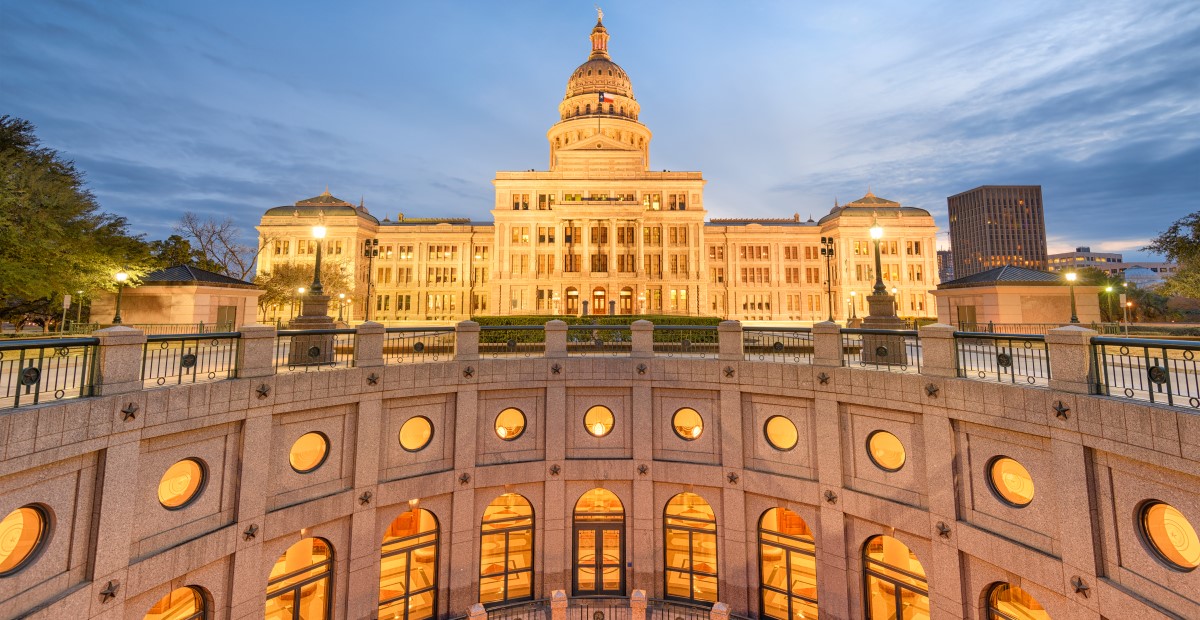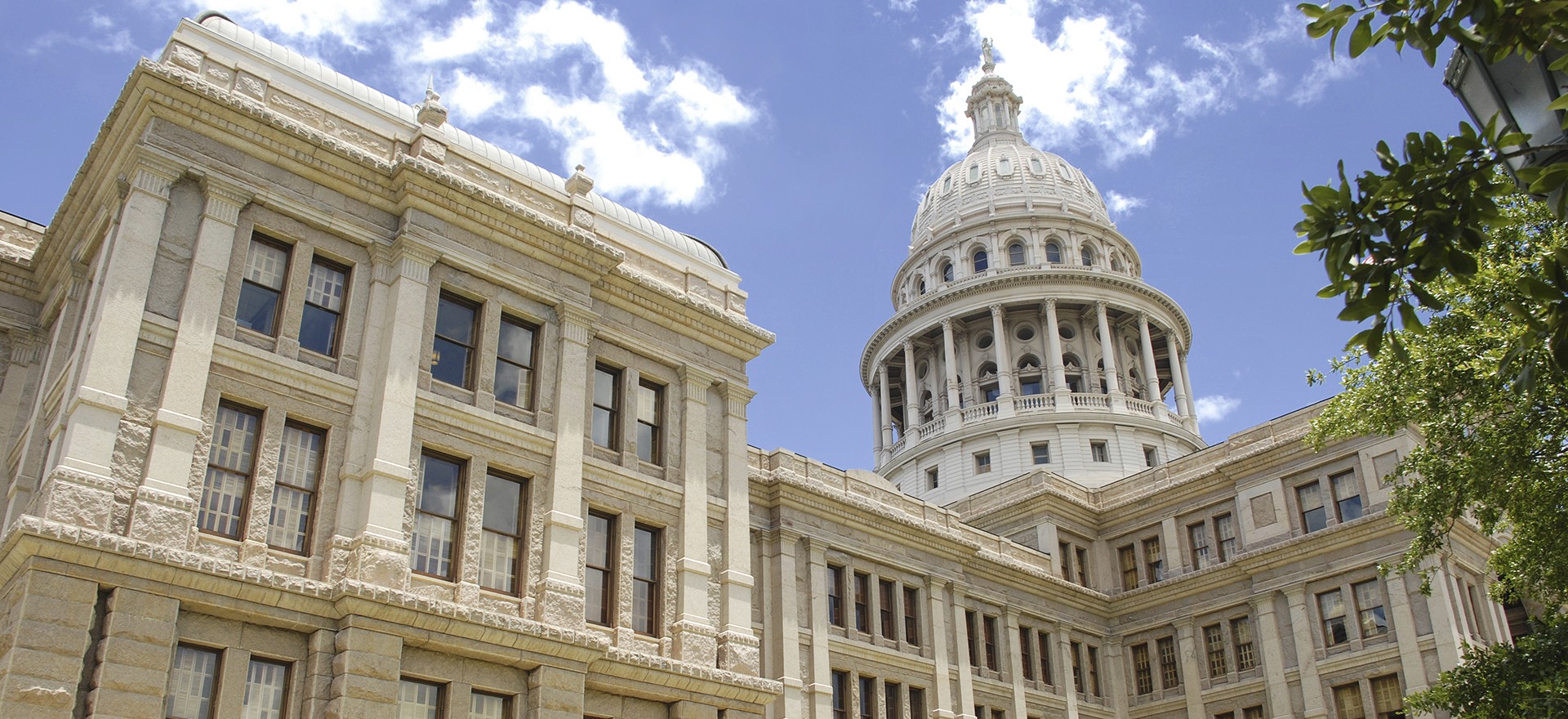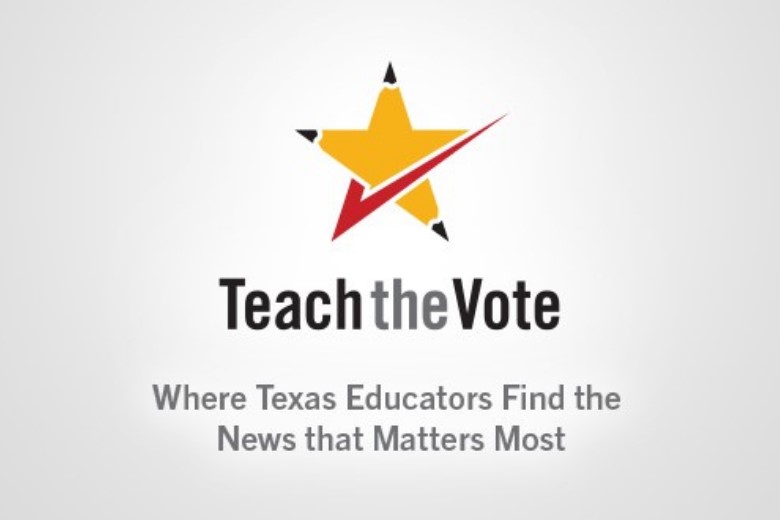Abbott outlines school shooting response plan

Texas Legislature School Safety
Date Posted: 5/30/2018 | Author: Mark Wiggins
Texas Governor Greg Abbott unveiled his school safety action plan Wednesday in response to the deadly school shooting in Santa Fe, Texas. The 40-page plan, which can be read in its entirety on the governor’s website, is the end product of three roundtable discussions held last week in Austin which included shooting survivors, school administrators and activists on both sides of the gun control debate.
“No one provided a more powerful voice for those strategies than the victims themselves,” Abbott told reporters gathered in Dallas for the announcement.
“I am so proud and inspired by their strength and resiliency,” Abbott added. In summing up the roundtable discussions, the governor concluded, “There seems to be a consensus about the need to act.”
Abbott summarized the elements of his plan as ideas that could be put in place before the next school year begins. According to governor, this includes $70 million in funds to which the state already has access, as well as $40 million in federal funds from the Consolidated Appropriations Act of 2018 for which the state can compete. Altogether, Abbott claimed this adds up to $120 million in funds that do not require a legislative appropriation.
A crisis response team consisting of counselors from the National Organization of Victim Assistance (NOVA) has been deployed to Santa Fe, and the governor’s Criminal Justice Division (CJD) has an open reimbursement application. CJD grant funding is also available for costs associated with long-term behavioral health response by the Texas Health and Human Services Commission (HHSC). The state has already secured a $1 million grant from the U.S. Department of Education for mental health services, teacher overtime, security staff and substitutes for Santa Fe ISD.
Many of the governor’s plan would require legislative action. Gov. Abbott is suggesting the state consider offering a $10,000 matching grant to schools that draw down federal funds to help pay for additional law enforcement on campus. Abbott also recommends a state policy authorizing schools to prioritize retired law enforcement officers and military veterans to serve as school resource officers.
Gov. Abbott quoted one student who said during the roundtable discussion, “Arming teachers and not knowing who is armed, that is what we need.”
Accordingly, the governor’s plan calls for increasing the number of “school marshals” – armed school personnel who have completed a specialized law enforcement training program – on public school campuses. To do so, Abbott is asking the Texas Legislature to direct funding to be used for additional training this summer at no charge to districts, as well as act to double to number of marshals allowed per campus to one for every one hundred students, up from one for every two hundred students under the current law. The plan also calls for the Texas Education Agency (TEA) to issue a letter encouraging administrators to identify personnel to participate in the program. Additionally, Abbott is asking lawmakers to reduce the training required to be a marshal and to change the current requirement that marshals keep their firearms stored in a safe to instead allow them to keep firearms on their persons.
In a nod to local control, Gov. Abbott noted that the plan does not mandate school marshals, and acknowledged that some schools will not adopt the program.
“We understand that when it comes to education, one size simply does not fit all,” Abbott told reporters.
The governor’s plan recommends expanding the state’s active shooter training through the Advanced Law Enforcement Rapid Response Training (ALERRT) program, and CJD has provided a $1.25 million grant to offer the program free of charge to participating school districts and charter schools for the remainder of the calendar year.
In his remarks to media, the governor proposed reducing the number of entrances and exits in order to “harden” school campuses. This has already been incorporated into the design of many schools built following the Columbine shooting in 1999, and has significant implications regarding fire safety. The written plan recommends actions such as installing metal detectors and controlling access to campus facilities. The plan also calls for installing active shooter alarm systems separate and different from fire alarm systems.
The TEA will direct $62 million in additional federal funds under the Student Support and Academic Enrichment (SSAE) grant program to districts for improving campus safety, such as metal detectors as well as mental health programs.
Gov. Abbott spoke of the need to prevent people from becoming shooters in the first place, and recommended doing so by expanding the Telemedicine Wellness Intervention Triage and Referral (TWITR) project headed up by Texas Tech University, which current being utilized by ten different school districts to identify potential threats before they manifest. Abbott is asking lawmakers to provide $20 million to expand program further, eventually making it statewide.
In order to further prevent threats from turning into violence, Abbott recommends expanding campus crime stopper programs. The plan aims to make it easier for students to anonymously report suspicious behavior through an upgraded mobile app called iWatch Texas, which will is scheduled to launch June 7. Concomitant with this, Abbott recommends increasing the number of fusion centers that identify threats that appear on social media in order to allow law enforcement to intervene before an event occurs.
Abbott further suggested allowing educators to remove threatening students from the classroom through a zero-tolerance policy for students who commit assault. Noting that the 85th Texas Legislature passed a law removing teachers who assault students, the governor is now asking legislators for a law removing students who assault teachers.
The governor also outline a number of steps aimed to enhance gun safety.
“I can assure you, I will never allow second amendment rights to be infringed, but I will always promote responsible gun ownership,” said Abbott.
The governor pointed to current law requiring gun owners to safely store firearms from children under the age of 17. Because the Santa Fe shooter was 17 years old, his parents cannot be criminally charged under this statute. Gov. Abbott suggested lawmakers change the law to apply to “children 17 years of age and younger.”
Furthermore, the governor advocates requiring gun owners report lost or stolen firearms to police, and requiring courts report mental health adjudications within 48 hours, instead of the current 30 days, in order to prevent mentally ill people from purchasing firearms. Gov. Abbott is asking lawmakers to consider mental health protective order procedures that would allow family or law enforcement to remove firearms from the home of someone who has proven to be a danger to themselves and others. This would be accomplished in a manner respectful of due process, and for a specified period of time.
Gov. Abbott concluded by listing his top recommendation as greater investment in mental health, especially in crisis intervention counselors. Abbott called the plan outlined Wednesday “a starting point, not an ending place.”
The governor disclosed he will soon be participating in a program to educate the public about safe storage and use of gun locks, as well as pursuing a grant program to provide $1 million for 100,000 free gun locks.
Asked what must change over the summer, Gov. Abbott answered that schools must ramp up personnel and strategies to show a greater law enforcement presence. Additionally, the governor said schools should focus on active shooter training, going back over school safety plans and look into implementing TWITR program.
Questioned about calls from a handful of lawmakers for a special session this summer focused on school shootings, Gov. Abbott told reporters he remains open to calling one if there is a consensus of legislators in favor of passing specific legislation. Abbott also correctly noted the constraints of the legislative process would make any laws passed in a special session unlikely to take effect before the next school year begins.
CONVERSATION
RECOMMENDED FOR YOU

12/19/2025
Teach the Vote’s Week in Review: Dec. 19, 2025
Happy Holidays from ATPE! The ACLU of Texas is challenging SB 12 in federal court, and ATPE has distributed candidate surveys to those running for statewide, legislative, and SBOE seats.

12/18/2025
Gov. Abbott’s property tax promise and the split in the Texas GOP
Property taxes aren’t just a political talking point. They’re the main revenue source for vital local services, including police, fire, and public education.

12/12/2025
Dec. 8 filing deadline sets the stage for 2026 elections
Now’s the time to confirm your voter registration and update it if necessary.

